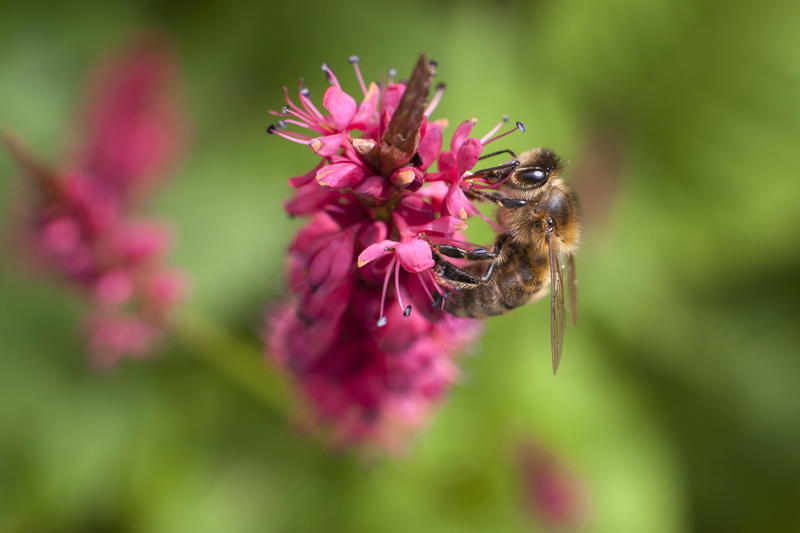Removal Options for Tree Stumps
Posted on 16/07/2024
Tree stumps can be an unsightly and potentially hazardous problem in your yard. Whether it's the residue of a tree that's been cut down or a stump that's been left after a storm, removing it can improve the aesthetics and safety of your property. In this article, we'll dive into various options for tree stump removal, and at the end, we'll go over the pros and cons, provide tips, key takeaways, and a conclusion.
Manual Removal
Manual removal is a traditional and straightforward method, best suited for smaller stumps. This requires some basic tools such as a chainsaw, axe, shovel, and a mattock.
1. Cut the Stump Close to the Ground: Use a chainsaw to cut the stump as close to the ground as possible, reducing the amount of wood to be removed.
2. Dig Around the Stump: Dig out the soil around the stump and expose the roots.
3. Cut the Roots: Use an axe or a root saw to cut through the main roots.
4. Pry and Remove the Stump: Leverage the stump out of the hole using a mattock or any strong tool.
While effective, this method can be labor-intensive and may not be suitable for large stumps or those with deep roots.

Stump Grinding
Stump grinding involves using a specialized machine to grind the stump into small wood chips. This is a popular option because it's efficient and less labor-intensive than manual removal.
1. Rent or Hire a Stump Grinder: You can rent a stump grinder from a home improvement store or hire a professional.
2. Grind the Stump: Position the grinder over the stump and grind it down several inches below the ground level.
3. Clean Up: Remove the wood chips and fill the hole with soil.
Stump grinding is quick and effective for all sizes of stumps but can be expensive if you hire professionals.
Chemical Removal
Chemicals can help to speed up the natural decay process, making it easier to remove the stump manually at a later date.
1. Drill Holes in the Stump: Create holes across the stump's surface and fill them with a stump removal chemical.
2. Wait for the Chemical to Work: It takes several weeks to months for the chemicals to break down the wood.
3. Remove the Residue: Once the stump is sufficiently decayed, you can manually remove it.
Chemical removal is less labor-intensive, but it is slow and involves handling potentially hazardous substances.
Burning the Stump
Another method to consider is burning, which involves setting the stump on fire and letting it burn down to ashes.
1. Drill Holes and Apply Fuel: Drill holes in the stump and fill them with a fuel like kerosene.
2. Start the Fire: Carefully ignite the stump and monitor the burn until the stump is reduced to ashes.
3. Clear the Debris: Clean up the charred remains and fill the hole with soil.
Burning is effective but can be hazardous and requires notifying local fire authorities.
Professional Removal Services
If time, safety, and ease are important factors for you, hiring professional services might be the best option. Professionals have the expertise and equipment to remove stumps safely and efficiently.
1. Consultation: Professionals will assess the stump and provide a quote.
2. Removal Process: Services range from grinding to complete extraction.
3. Clean-Up: Professionals will also handle the post-removal cleanup and ensure your yard is left tidy.
This option is the least labor-intensive but can be the most expensive.
Pros and Cons
1. Manual Removal
- Pros: Cost-effective, no special equipment needed.
- Cons: Labor-intensive, time-consuming.
2. Stump Grinding
- Pros: Efficient, suitable for all stump sizes.
- Cons: Can be expensive, noise and debris.
3. Chemical Removal
- Pros: Minimal physical labor, low-cost.
- Cons: Slow process, chemical hazards.
4. Burning the Stump
- Pros: Effective, low-cost.
- Cons: Fire hazard, requires permits.
5. Professional Removal Services
- Pros: Hassle-free, professional expertise.
- Cons: Expensive, requires scheduling.
Tips for Effective Stump Removal
- Always wear protective gear when removing stumps manually.
- Be mindful of local laws and regulations, especially when using chemicals or fire.
- Consider professional advice for large or particularly troublesome stumps.
- Reuse wood chips from stump grinding as mulch for your garden.

Key Takeaways
- There are multiple methods to remove tree stumps, each with its pros and cons.
- Manual removal is labor-intensive but cost-effective.
- Stump grinding is efficient but can be expensive.
- Chemical removal is slow but requires the least physical effort.
- Burning is effective but hazardous.
- Professional services offer the least hassle but at a higher cost.
Conclusion
Choosing the best stump removal method depends on factors such as the size of the stump, your budget, and the time you have available. Whether you decide to tackle the job yourself or hire professionals, understanding the pros and cons of each method will help you make an informed decision. Always prioritize safety and follow local regulations when removing tree stumps from your property.




